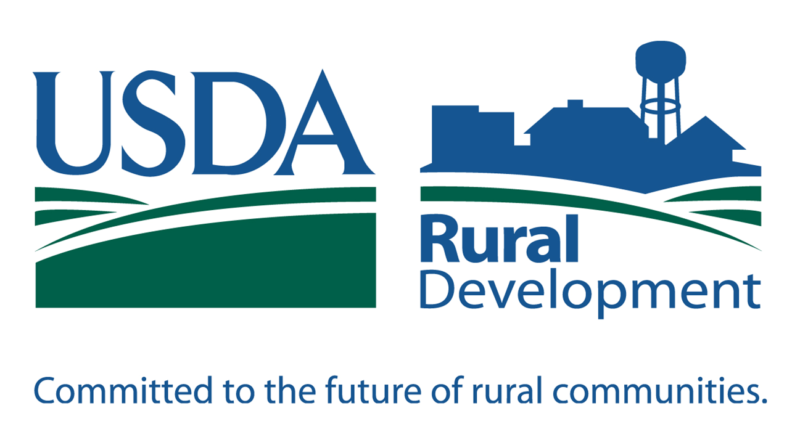
25 Apr USDA funds for technology infrastructure can assist rural entities address gaps in access by Julie Alsup, GPC
COVID-19 has forced many schools, hospitals, and agencies to launch emergency operations that they did not previously offer or to expand upon services that were quickly found to be insufficient. Many limped into virtual operations without adequate technology infrastructure, software platforms, or sufficient bandwidth (both internet signal and staff capacity).
The USDA Rural Utilities Services Distance Learning and Telemedicine Grant is not new, but it has certainly launched itself into celebrity status. This three-year grant provides eligible applicants the funding to purchase telecommunications equipment, computer networks, and related advanced technologies to be used by students, medical professionals, and rural residents for the purpose of expanding telemedicine and distance learning to rural communities. The initial window of funding ended in early April, but a second window is now open, made possible from anticipated funds rolling over from the previous competition, as well as an infusion of funds from the CARES Act. The current application window opened April 14 and will close July 13, 2020. The ceiling is $1,000,000 with a required 15% match (cash or in-kind, with cash being preferred). This means the maximum project budget can be $1,150,000, with $1,000,000 from this federal source. More information about the opportunity is available here: https://www.rd.usda.gov/programs-services/distance-learning-telemedicine-grants.
Funds may be used to acquire the following:
- Capital assets, including broadband transmission facilities; audio/video and interactive video equipment; terminal and data terminal equipment; computer hardware, network components, and software; and/or inside wiring and similar infrastructure.
- Instructional programming that is a capital asset.
- Technical assistance and instruction for using the equipment (capped at 10%).
Some immediate things you can do to prepare for this opportunity:
- Make sure your SAM registration is active. No paper proposals will be accepted. All applications must go through Grants.gov. You can check your status here: https://www.sam.gov/SAM/pages/public/searchRecords/search.jsf
- Ask yourself, what is it about this grant that is most interesting? What could this grant make possible through technology infrastructure that is not possible for my agency right now?
- Consider the sites you might involve in your project. What is the location of the “hub” where distance learning or telemedicine would originate? What are the addresses of the “end-user” sites? Up to 70% of the available points upon which the grant is scored are based on objective data about your sites, including the rurality of your project (based on the 2010 Census data), the economic need (based on SAIPE poverty data), and the ability to get special consideration points if the project is located in an Opportunity Zone. Projects are also eligible for special consideration points if the primary purpose is STEM education or opioid/substance use disorder treatment.
- Begin documenting all your planning and brainstorming sessions. This will help you prepare for narrative sections about how you came up with your plan and how it was informed by professional opinion and the potential beneficiaries of the project. Keep track of the following information. You will thank yourself later!
- Date and format of the meeting
- Participants, including titles and affiliation
- What was discussed? Pop an agenda and call notes in a folder.
- What options did you consider along the way, and why did you rule some out? Document these alternatives with emails.
- Gather needs data to support your plan. You will need to describe the geographic, economic, educational, and health care challenges of the proposed end-user sites. You will need a combination of formal sources, professional opinion and input, and stakeholder input, including the beneficiaries.
- Engage technology experts sooner than later. This grant requires a telecommunications system plan that requires input from people who understand and know the capacity and gaps of your existing network. You will be required to show network diagrams, a confirmation that you have consulted with internet service providers, and detailed specifications of how each component fits into the larger system.
- Reach out to your USDA State Director regarding your project. One required attachment for this proposal is a letter from the state office, acknowledging they are aware of your project and that it addresses a need.
Assel Grant Services has experience with this grant. If you have additional questions about whether this grant aligns with your strategic goals, please contact [email protected] for more information.
